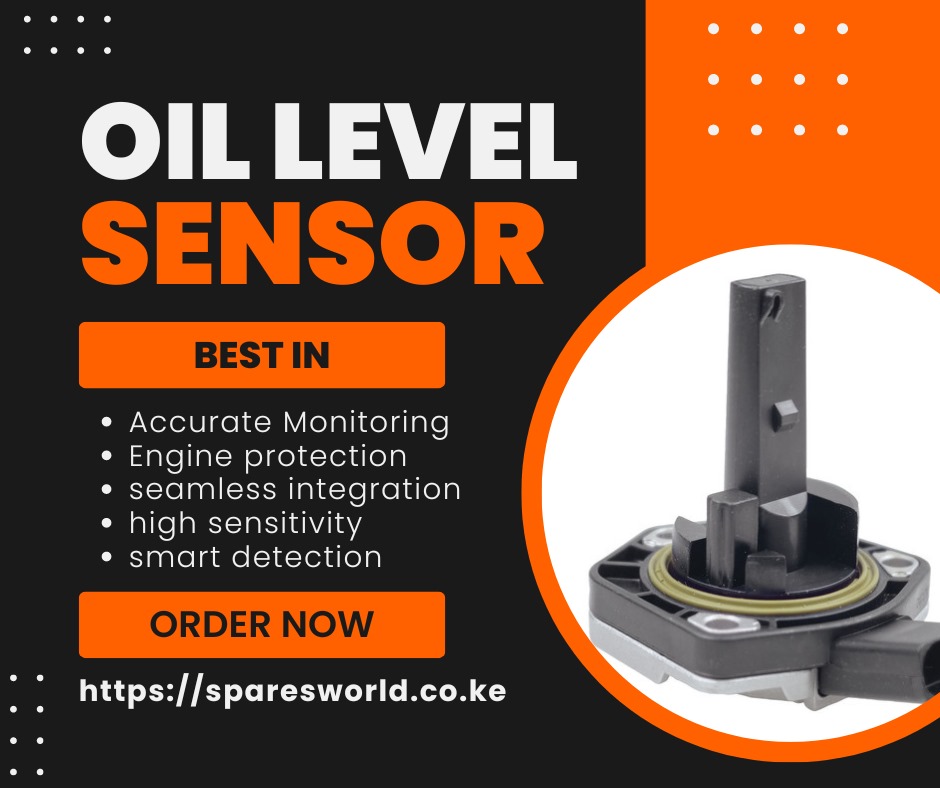The Vital Functions of Engine Oil Level Sensors

Discover how engine oil level sensors maintain the lifeblood of your vehicle's engine for optimal performance and longevity.
Understanding Engine Oil Level Sensors
Engine oil level sensors are critical components in modern vehicles, designed to monitor the amount of oil present in an engine's oil pan. These sensors typically use a float mechanism or capacitance technology to measure the oil level accurately. By relaying this information to the vehicle's computer system, they provide real-time data on whether the oil level is within the optimal range.
These sensors are essential for ensuring that the engine has enough lubrication to function efficiently. Without proper lubrication, the engine components can experience increased friction, leading to wear and tear, overheating, and potential failure. The technology behind these sensors continues to evolve, becoming more sophisticated and reliable.
Monitoring and Maintaining Oil Levels
One of the primary functions of engine oil level sensors is to continuously monitor the oil levels and alert the driver or the vehicle's system if the oil drops below a certain threshold. This early warning system allows drivers to take timely action, such as adding more oil or scheduling maintenance.
Maintaining the correct oil level is crucial for the engine's health and performance. Insufficient oil can lead to increased engine temperature and wear, while too much oil can cause foaming and reduced lubrication efficiency. By providing accurate readings, oil level sensors help ensure that the engine operates within its optimal parameters.
Preventing Engine Damage and Optimizing Performance
Engine oil level sensors play a vital role in preventing engine damage by enabling timely intervention. Low oil levels can cause significant damage to engine components, such as the bearings, camshaft, and crankshaft, due to inadequate lubrication. By alerting the driver to low oil levels, these sensors can help prevent costly repairs and extend the engine's lifespan.
Optimizing engine performance is another key function of these sensors. With the right amount of oil, the engine can run smoothly, reduce friction, and maintain optimal fuel efficiency. Regular monitoring ensures that the engine performs at its best, reducing the likelihood of unexpected breakdowns and enhancing the overall driving experience.
Integration with Vehicle Diagnostic Systems
Modern vehicles often integrate engine oil level sensors with their diagnostic systems. This integration allows for more comprehensive monitoring and maintenance capabilities. When the sensor detects an issue, it can trigger diagnostic trouble codes (DTCs) that provide detailed information about the problem, helping mechanics diagnose and fix issues more efficiently.
Additionally, this integration can lead to better overall vehicle health monitoring. By combining data from various sensors, the vehicle's computer system can provide a more accurate picture of the engine's condition, enabling proactive maintenance and reducing the risk of serious issues.
Future Trends in Oil Level Sensing Technology
As automotive technology advances, so does the technology behind engine oil level sensors. Future trends in oil level sensing technology include the development of more accurate and reliable sensors, as well as the integration of advanced data analytics and predictive maintenance systems.
Emerging technologies such as the Internet of Things (IoT) and artificial intelligence (AI) are expected to play a significant role in the evolution of oil level sensors. These technologies can enable real-time monitoring and predictive analytics, allowing for even more precise maintenance schedules and reducing the likelihood of unexpected engine issues.

 Loading..
Loading..